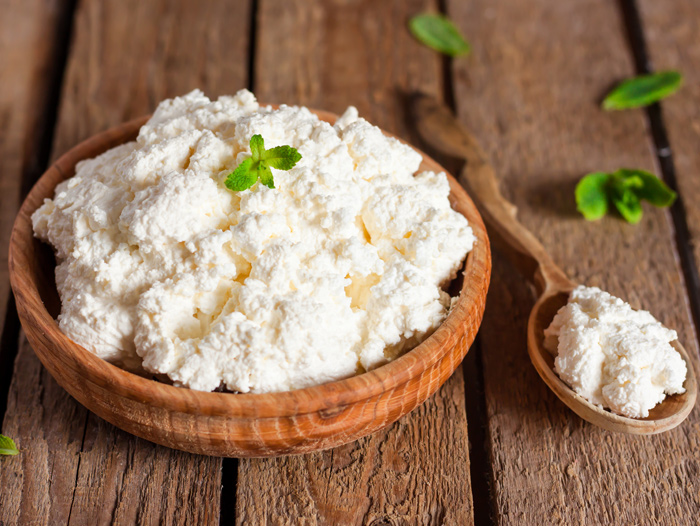Cottage Cheese is the New Greek Yogurt
March 27, 2019 | 2 min to read

Cottage cheese faced a problem: After World War II, batches of the soft, lumpy dairy concoction developed a propensity to take on a rancid odor and a bitter taste. That changed in 1951, when dairy researchers identified the culprits, three bacterial miscreants that produced this “slimy curd defect.” To prevent the condition, researchers advised cheesemakers to keep these bacteria from entering their manufacturing facilities in the first place. Thus ended the scourge.
Our mini puzzle gets bigger and more challenging each day. See if you can solve your way through the week.Play!
Despite this and other advances in cottage-cheese production, like texture analyzers, high-powered microscopes, and trained human tasters, cottage cheese has never enjoyed the same popularity as yogurt. That’s because cottage cheese, once revered for its flavor and versatility, has taken a series of gut-punches in the dairy sector: enduring associations with weight loss, inconvenient packaging, and near-total displacement by its cousin, Greek yogurt, to name a few. But stalwart food scientists and artisanal dairy farmers have high hopes for the future of cottage cheese. With yogurt sales on the decline, a golden age of curds might be right around the corner.
To read the rest of the story, please go to: The Atlantic
